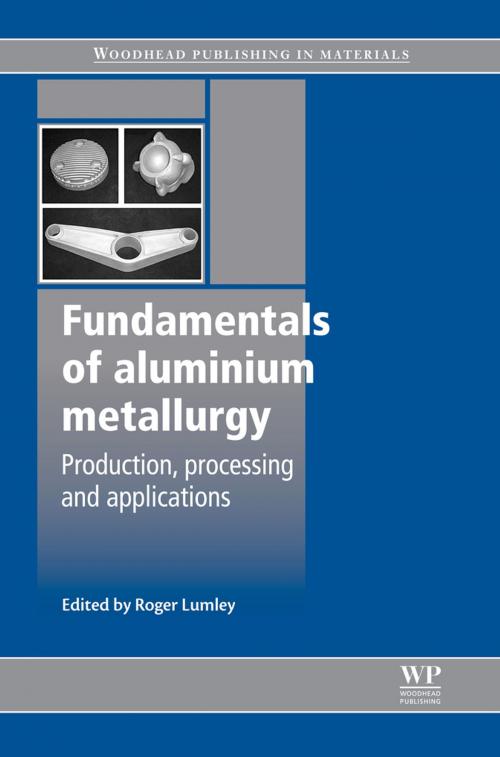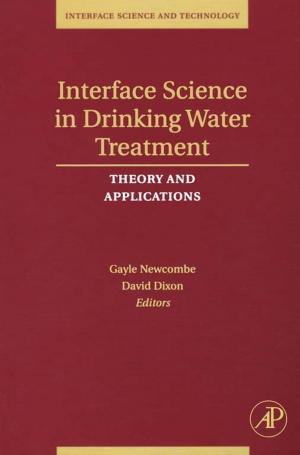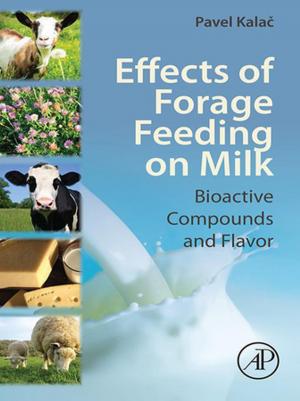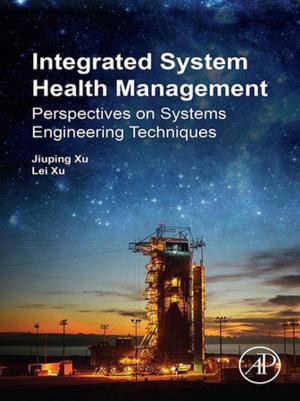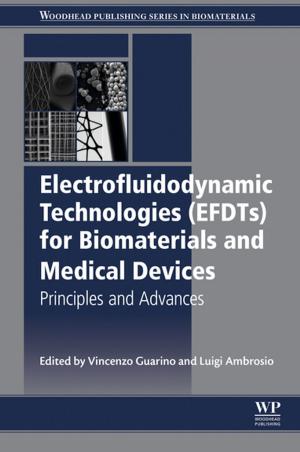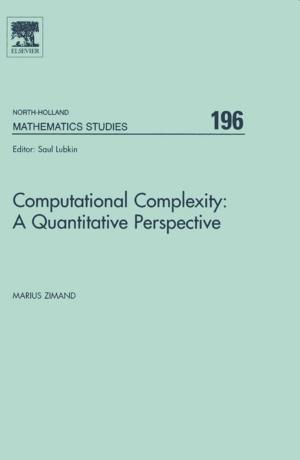Fundamentals of Aluminium Metallurgy
Production, Processing and Applications
Nonfiction, Science & Nature, Technology, Metallurgy| Author: | ISBN: | 9780857090256 | |
| Publisher: | Elsevier Science | Publication: | November 25, 2010 |
| Imprint: | Woodhead Publishing | Language: | English |
| Author: | |
| ISBN: | 9780857090256 |
| Publisher: | Elsevier Science |
| Publication: | November 25, 2010 |
| Imprint: | Woodhead Publishing |
| Language: | English |
Aluminium is an important metal in manufacturing, due to its versatile properties and the many applications of both the processed metal and its alloys in different industries. Fundamentals of aluminium metallurgy provides a comprehensive overview of the production, properties and processing of aluminium, and its applications in manufacturing industries.
Part one discusses different methods of producing and casting aluminium, covering areas such as casting of alloys, quality issues and specific production methods such as high-pressure diecasting. The metallurgical properties of aluminium and its alloys are reviewed in Part two, with chapters on such topics as hardening, precipitation processes and solute partitioning and clustering, as well as properties such as fracture resistance. Finally, Part three includes chapters on joining, laser sintering and other methods of processing aluminium, and its applications in particular areas of industry such as aerospace.
With its distinguished editor and team of expert contributors, Fundamentals of aluminium metallurgy is a standard reference for researchers in metallurgy, as well as all those involved in the manufacture and use of aluminium products.
- Provides a comprehensive overview of the production, properties and processing of aluminium, and its applications in manufacturing industries
- Considers many issues of central importance in aluminium production and utilization considering quality issues and design for fatigue growth resistance
- Metallurgical properties of aluminium and its alloys are further explored with particular reference to work hardening and applications of industrial alloys
Aluminium is an important metal in manufacturing, due to its versatile properties and the many applications of both the processed metal and its alloys in different industries. Fundamentals of aluminium metallurgy provides a comprehensive overview of the production, properties and processing of aluminium, and its applications in manufacturing industries.
Part one discusses different methods of producing and casting aluminium, covering areas such as casting of alloys, quality issues and specific production methods such as high-pressure diecasting. The metallurgical properties of aluminium and its alloys are reviewed in Part two, with chapters on such topics as hardening, precipitation processes and solute partitioning and clustering, as well as properties such as fracture resistance. Finally, Part three includes chapters on joining, laser sintering and other methods of processing aluminium, and its applications in particular areas of industry such as aerospace.
With its distinguished editor and team of expert contributors, Fundamentals of aluminium metallurgy is a standard reference for researchers in metallurgy, as well as all those involved in the manufacture and use of aluminium products.
- Provides a comprehensive overview of the production, properties and processing of aluminium, and its applications in manufacturing industries
- Considers many issues of central importance in aluminium production and utilization considering quality issues and design for fatigue growth resistance
- Metallurgical properties of aluminium and its alloys are further explored with particular reference to work hardening and applications of industrial alloys
